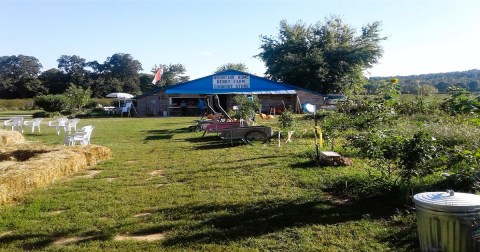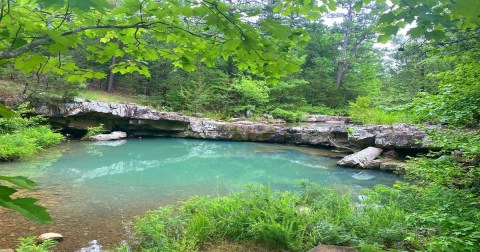The Legends Of The Natural Steps In Arkansas May Send Chills Down Your Spine
Just like any other state, Arkansas has its fair share of legends and lore. One of the state’s most oft-repeated ghost stories doesn’t involve an old building or graveyard, though. Instead, it’s centered around a huge sandstone formation, otherwise known as the Natural Steps.


Hard to miss, it’s long served as a landmark for boaters travelling the river.
Advertisement

In 1932, the University of Arkansas performed an archaeological survey of the area near the steps. The team discovered 57 burial mounds, which contained pottery from the Quapaw and Caddo tribes. However, it remains unclear exactly how many Native American tribes inhabited the area, or in what order.
Advertisement
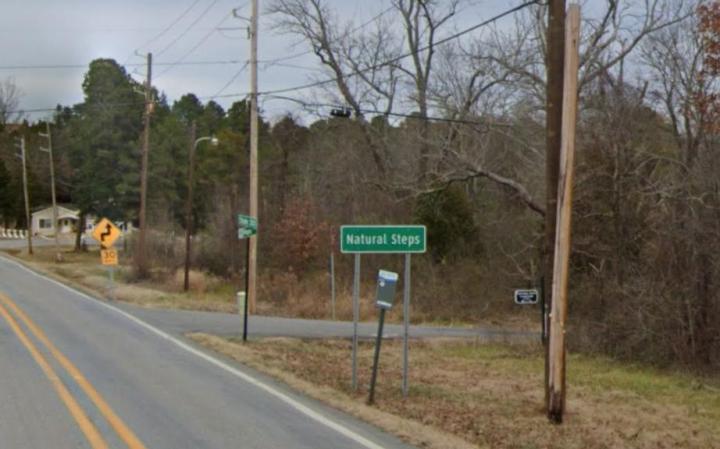
Natural Steps started off as a small farming community, but quickly grew into a bustling town with quite a few businesses.

In the 1820s, the Natural Steps were a popular detour for those visiting nearby Pinnacle Mountain. And as steamboat travel increased, the formation grew into a landing port. By 1849, the Natural Steps received 15-20 steamboat arrivals/departures weekly.

According to legend, covert bushwhackers and, later on, KKK clansmen met at the steps to plot their evildoings. What’s more, buildings and structures in the area had a tendency of "disappearing." For instance, in 1821, a group of residents discovered an old fort and several artifacts. Eventually, though, the fort could no longer be located.
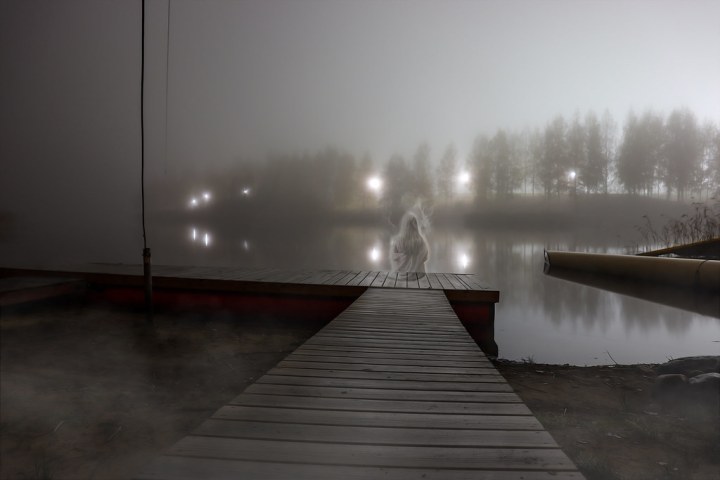
Martha Sanders (a.k.a. the Woman in White) took her life by jumping from the Natural Steps. As the story goes, Martha and her beau, Gustavus Sanders, were married at the top of the Natural Steps in 1880. Sadly, their bliss was short-lived, as Gustavus fell ill and passed away just days later. Unable to cope, Martha returned to the site of her nuptials and leapt to her death. Ever since, numerous people have reported seeing a phantom bride, or, as she’s more commonly known, the Woman in White.
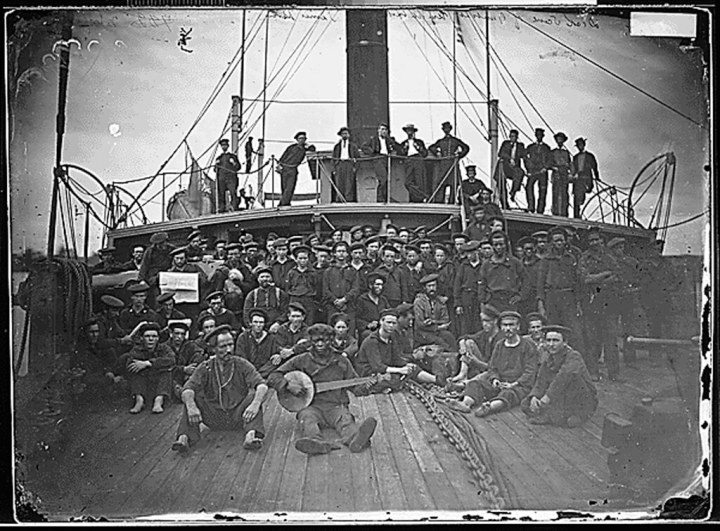
The story goes that a group of Confederate soldiers died while transporting a huge sum of gold via a gunboat. In danger of being seized by Union forces, the Confederate soldiers came up with a plan – sink the boat near the Natural Steps and come back later to retrieve the gold. Unfortunately, the soldiers died while attempting to sink the boat. According to legend, on moonlit nights, the men rise from their watery grave, form a single line, and march the short distance between the river bank and the steps.
In the late-19th century, a gold coin was discovered on the Natural Steps, only adding to the legend’s credibility. By the 1940s, residents began dynamiting the formation, looking for the long lost gold. No treasure was ever found – and in the process, a portion of the Natural Steps was permanently destroyed.
In the late-19th century, a gold coin was discovered on the Natural Steps, only adding to the legend’s credibility. By the 1940s, residents began dynamiting the formation, looking for the long lost gold. No treasure was ever found – and in the process, a portion of the Natural Steps was permanently destroyed.
So, did you know about the Natural Steps? What about its haunting reputation? Heard any other stories about the Natural Steps? If so, tell us!
This isn’t the only spooky spot in the state. Click here to read about a small town with an insane amount of paranormal activity.
OnlyInYourState may earn compensation through affiliate links in this article. As an Amazon Associate, we earn from qualifying purchases.
Featured Addresses
Natural Steps, AR 72135, USA


